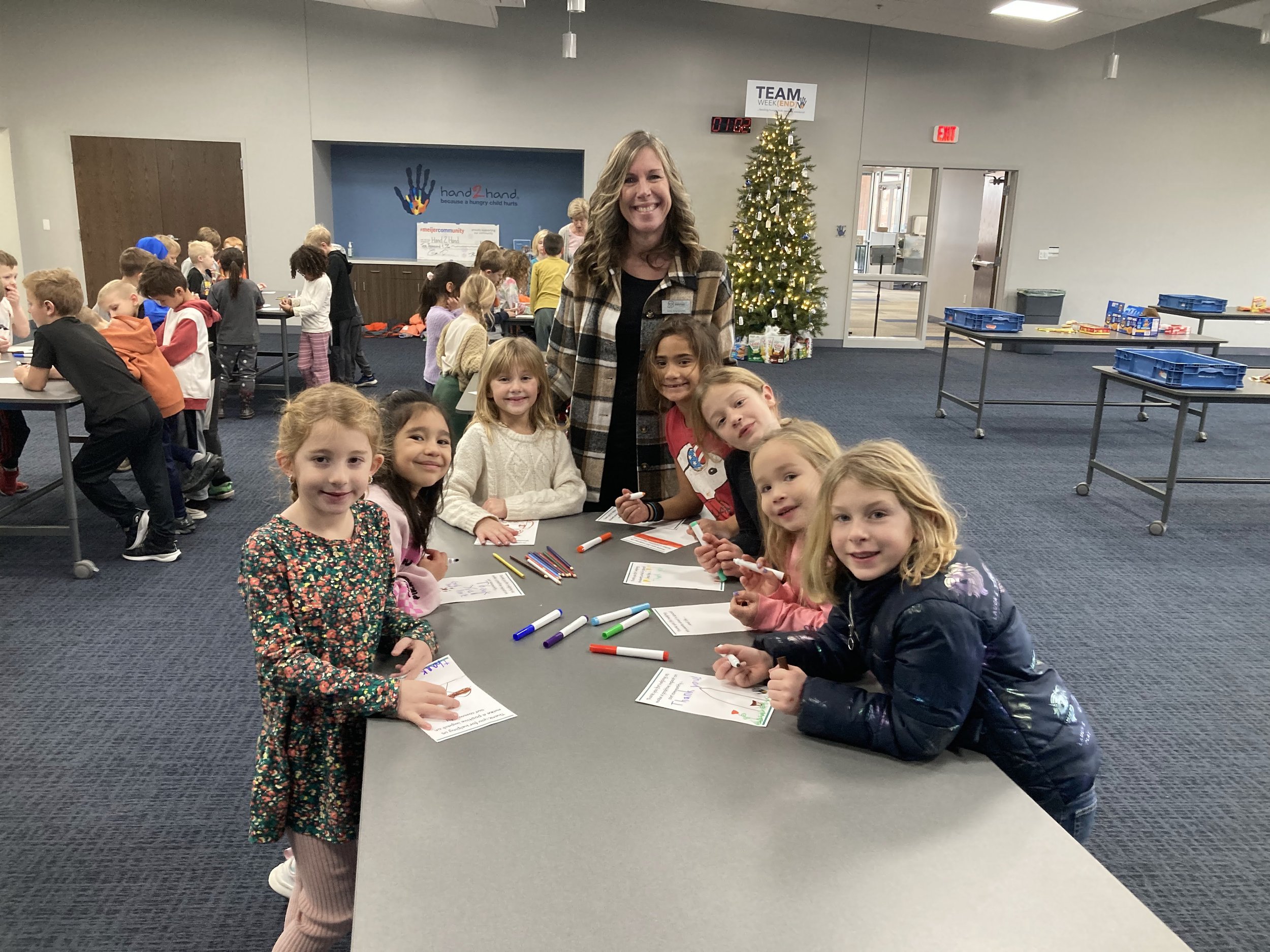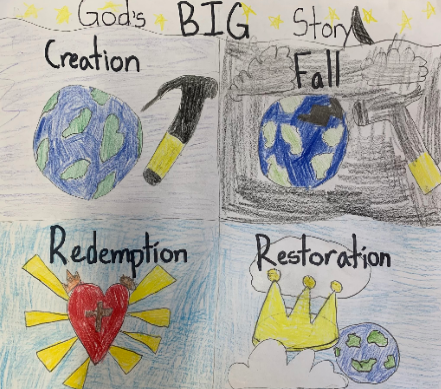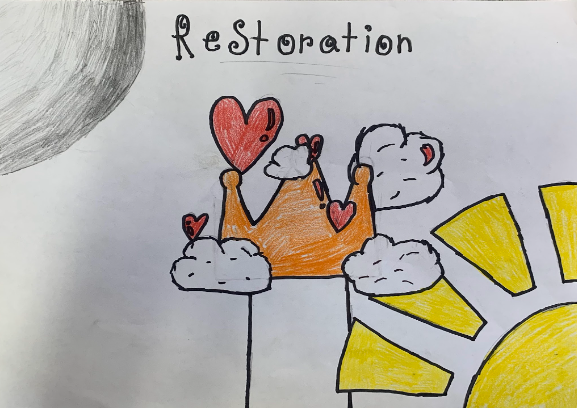What does Byron Center Christian School do with empty wall space, creative students and teachers, and a call to See the Story and Live the Story? We invite our middle school art classes to engage in some creative work! Our campus needed a way to visually share God’s Story and beautify the hallway space. A four-piece canvas set would be the perfect way to do it!
Our students interact with the grand narrative of God’s Story (Creation, Fall, Redemption, and Restoration) all throughout their elementary years, so our middle school learners had the necessary background understanding for this artistic endeavor. The challenge was to find a way to show the four elements of God’s Story in a way that was beautiful, intentional, and connected.
In order to gather all unique student voices, our art teachers invited every middle school student to sketch one element of their choice. From there, the teachers took bits and pieces of those designs to create the four-canvas series. For example, Molly created the galaxy, Kennedy drew the creation hands, Greydon sketched the snake, and Masynn painted the trumpet. The goal was to allow students to practice true collaboration. Masynn commented, “God made us to have different ideas, and we had to talk together so that everyone was able to use their different ideas.”
This project allowed our students to draft and refine based on feedback. The hands, lightning, and tomb are the end products of multiple tries. In addition to practicing artistic skills, these lessons also led to important reflections about God’s Story. For example, how can we use lines or patterns to show this story in a connected way? Does the Fall canvas have to be dark? How does Redemption look visually? What colors should we use for the tomb to show victory over death?
Multiple sets of colorful canvases now hang in our hallways. They serve as a reminder of the story that unites us here at Byron Center Christian School. God has written a beautiful story, and we each have a unique role to play in it. Art class can be a great way for us to create beauty so it is shared!





















